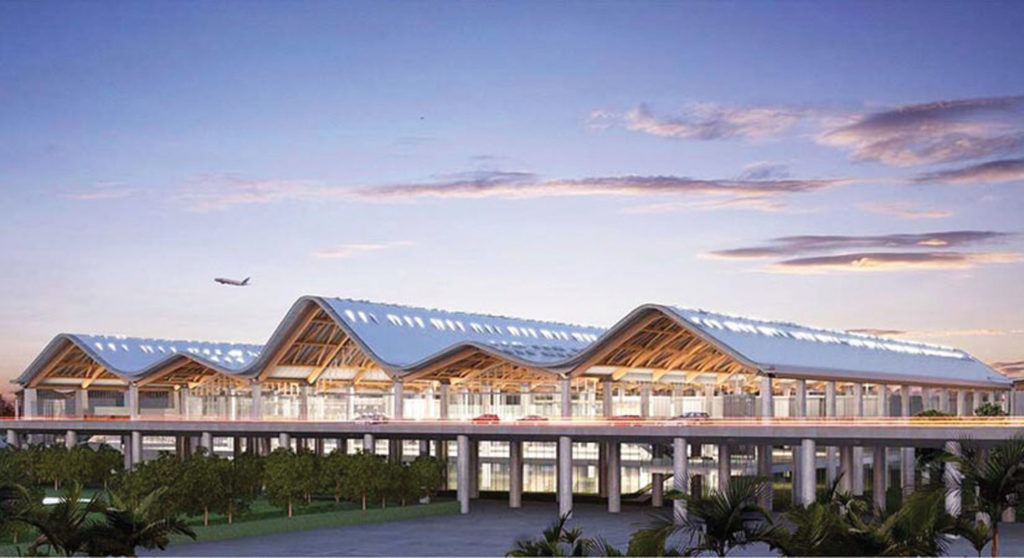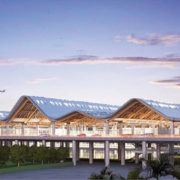
For those Los Angeles travelers heading to the Philippines, but want to avoid flying into Manila, there’s a new alternative.
Korean Air began a daily flight on Friday, October 25 from Los Angeles International Airport (LAX) to Clark International Airport in Angeles City, Pampanga, which is becoming a preferred landing hub to avoid the congestion in the Philippines’ capital city.
Clark International Airport will be airline’s third destination in the Philippines, following Manila’s Ninoy Aquino International Airport (NAIA) and Mactan-Cebu International Airport. Currently, Korean Air has two daily flights out of LAX to NAIA.
Korean Air uses an Airbus A380-800 with 407 total seats — 12 in First Class, 94 in Business and 301 in Economy.
The LAX flight departs at 10:40 p.m. and will arrive in South Korea’s Incheon Airport at 5:10 a.m. the next day for a brief stopover. Then the flight will depart at 7:55 a.m. and land in Clark at 11:05 a.m.
The morning arrival will make it easy “for those those passengers who go beyond Clark to nearby cities so it will be a great connection,” Alan Fan, Korean Air’s LA manager, told the Asian Journal.
For many whose final destination is in the central or northern part of the Philippines, for example, they would have to fly into Manila and then still travel by land transportation.
“We want to make this flight schedule convenient for the Filipino American community,” he added.
The Korean Air flight out of Clark leaves at 1:10 p.m. and arrives in Icheon at 6:10 p.m. for a stopover, then departs at 7:40 p.m. and will arrive in Los Angeles at 1:40 p.m. the next day.
The Philippine Bases Conversion and Development Authority (BCDA) has been developing New Clark City into a new livable and business-friendly hub under the current administration’s Build, Build, Build program. The expansion of the airport is slated to cost P9.36 billion. A Subic-Clark Railway is also another project to connect the Subic Bay Freeport Zone and Clark Freeport Zone.
“Clark, on its own, has become an ideal tourism destination. It’s been quiet for a while, but I’m very happy to announce that there are many different investments, infrastructures being up [there],” said Richmond Jimenez, Philippine tourism attaché in Los Angeles.
He cited nearby destinations like Subic, Tarlac, and even up north to Pagudpud as being “more accessible because of all of these infrastructure developments.”
The Clark airport also serves as a flight connection to major domestic destinations, such as Cebu, Boracay, Bacolod, Davao, and Palawan.
Clark International Airport is projected to receive up to 8 million passengers annually once the new terminal is operational by 2020, and will have the capacity to invite more international airlines to service there.
“With the promise of an expected 8 million people coming through Clark, that’s a huge amount of people that we’re going to take away from the Ninoy Aquino International Airport,” Jimenez said.
In the first three months of this year alone, Clark reached more than a million passenger arrivals.






